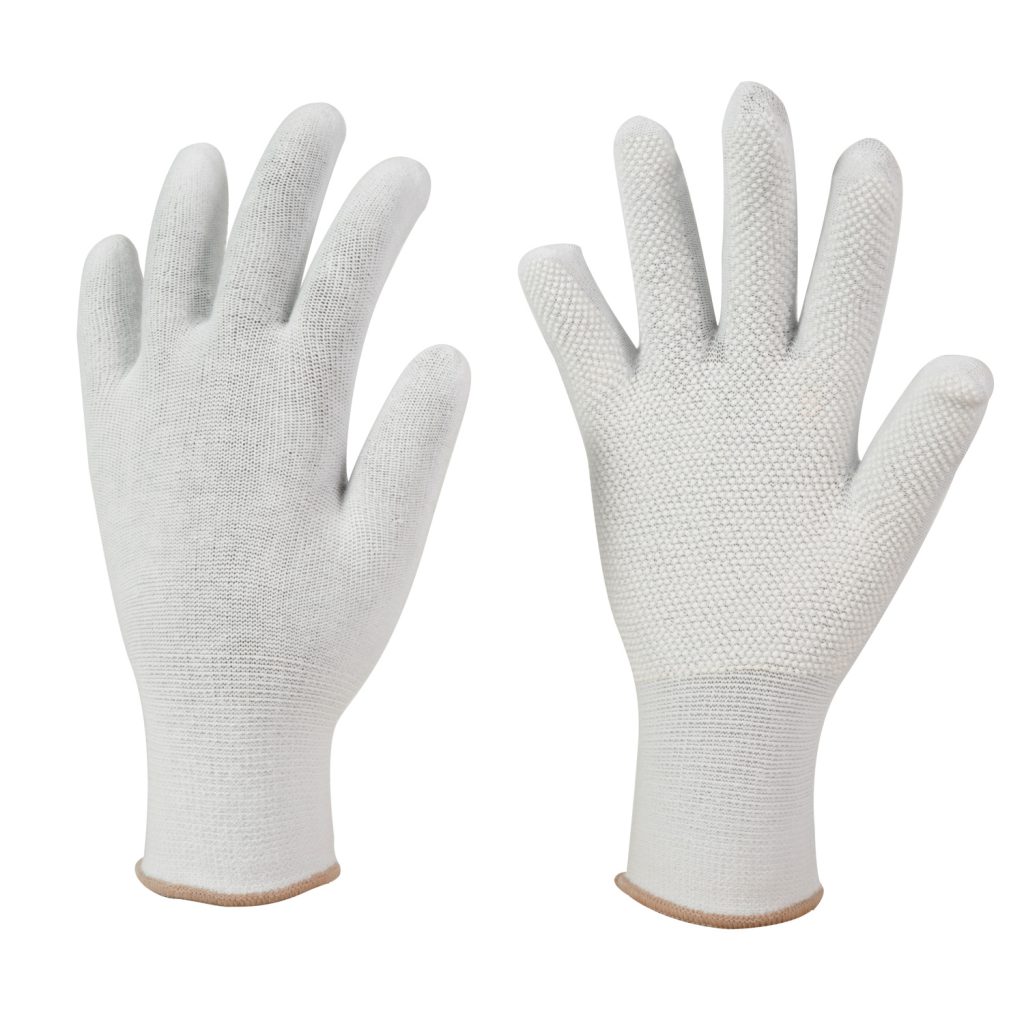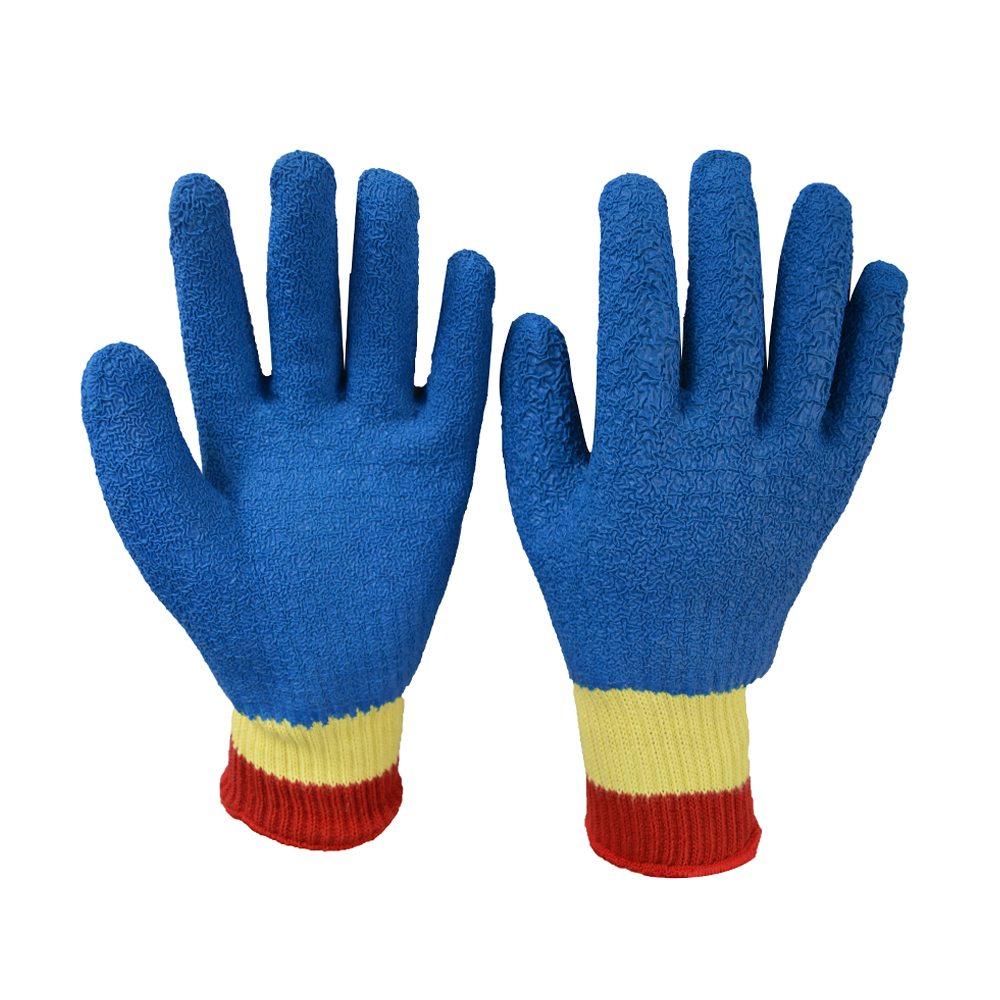
Healthcare, food service, manufacturing, and other sectors depend heavily on gloves to maintain hygienic practices and safety. By shielding employees from dangers and pollutants, this safety equipment helps to keep workplaces tidy. Gloves keep industrial standards high and stop the spread of illnesses in everything from medical exams to food handling. Knowing why gloves are important and how many types of gloves. Gloves show that you value professionalism, health, and safety in all that you do.
The importance of gloves
In the food service and healthcare sectors, in particular, gloves are essential for maintaining hygienic conditions. It is impossible to exaggerate the significance of gloves as they serve as a barrier to defence. It stops the transmission of illnesses and ensures a clean environment. To prevent the spread of germs to patients and healthcare workers, medical gloves made of latex or nitrile are necessary for healthcare environments.
Also, gloves are essential to upholding food safety regulations in the food business. Disposable gloves—such as those made of vinyl or polyethylene—help maintain cleanliness and stop cross-contamination when handling and preparing food. Selecting the proper glove type is essential, taking into account aspects like material, size, and function. Chemically resistant gloves, for example, may be necessary for persons who operate with chemicals.
Gloves provide comfort and dexterity together with protection, allowing people to do activities effectively. The general well-being of employees and the caliber of services rendered are greatly enhanced by the appropriate usage of gloves.
Types of Gloves
Gloves offer protection, comfort, and practicality, making them essential to many different sectors. There are many kinds of gloves classifying them as Disposable, Utility, and Specialized gloves.
A. Disposable Gloves
Latex Gloves: Gloves made of natural rubber, or latex, provide exceptional comfort and suppleness. They fit snugly and ensure maximum cleanliness during exams and medical operations, which is why they are frequently employed in medical environments.
Nitrile Gloves: For people who are allergic to latex, nitrile gloves, which consist of synthetic rubber, are a good substitute. Because of their resistance to chemicals and punctures, they are perfect for use in a variety of industries, including the medical field and laboratories.
Vinyl gloves: Synthetic materials serve to create vinyl gloves, which are reasonably priced and widely used in food handling and cleaning tasks. Their barrier properties may be inferior to those of latex or nitrile gloves in terms of durability.
B. Utility Gloves
Leather Gloves: Known for their resilience and protection, leather gloves are frequently utilized for welding, building, and other basic utility work. They provide a safe working environment by protecting hands from cuts, abrasions, and punctures.
Fabric Gloves: Fabric gloves are breathable and lightweight, often composed of cotton or nylon. They function well for dexterity-based jobs and are useful for general-purpose, assembly-line, and gardening labor.
C. Specialized Gloves
Chemical-Resistant Gloves: These gloves offer protection against dangerous chemicals and are often composed of materials like butyl rubber or neoprene. These gloves are essential for worker safety in chemical-handling industries including manufacturing and labs.
Cut-Resistant Gloves: Made of materials like stainless steel or Kevlar, cut-resistant gloves are intended to ward against cuts and abrasions. The improved protection that these gloves provide is advantageous for industries including construction, metallurgy, and glass handling.
Heat-Resistant Gloves: Gloves with heat resistance protect hands from extreme temperatures. They consist of materials like leather, Kevlar, or aramid fibers. These gloves serve a function in industries including baking, foundries, and welding to avoid burns and injury.
Considerations for Choosing Gloves

There’s more to choosing the perfect gloves than just picking a style. We go through three important factors: Material, Purpose, and Size/Fit. These will help you make sure your protective gear is tailored to your job.
Material
The first step in selecting gloves is to choose the appropriate material. Each material offers unique features, and understanding them is vital for optimal performance. Medical applications benefit greatly from the suppleness and comfort that latex gloves offer. Nitrile gloves are excellent at withstanding chemicals and provide an option for people allergic to latex. Although less expensive than latex or nitrile gloves, vinyl gloves might not be as durable.
Durability and protection are two benefits of leather gloves, which are popular for heavy lifting. Contrarily, fabric gloves provide dexterity and breathability for lesser tasks.
Specialized gloves use materials such as butyl rubber or neoprene, such as chemical-resistant gloves. Cut-resistant gloves consist of stainless steel or Kevlar, while heat-resistant gloves use aramid fibers or Kevlar.
Purpose
It’s important to know what the gloves are for. Specific capabilities are necessary for different activities, so selecting gloves that meet your demands can improve both efficiency and safety. To ensure hygienic practices during exams, medical personnel frequently choose to use latex or nitrile gloves. For protection against cuts and abrasions, leather gloves are typically used by heavy industry workers, welders, and construction workers.
When handling hazardous materials, workers must wear gloves that are resistant to chemicals. Cut-resistant gloves are prevalent in industries where workers may be at risk from sharp objects or materials, protecting cuts and abrasions.
In jobs involving high temperatures, like welding or baking, heat-resistant gloves are essential. You can be confident you’re getting the ideal mix of protection and usefulness when you match your gloves to your particular work.
Size and Fit
Selecting the appropriate material and purpose is just as important as choosing the perfect size and fit. Gloves that are too small or too big might be uncomfortable and less effective. Too-small gloves can be uncomfortable and limit movement, while too-large gloves can be dangerous and impair dexterity. Making sure it fits properly ensures peak performance and reduces the risk of mishaps.
Refer to the sizing tables supplied by the manufacturers and take an exact measurement of your hand size. Take into account the nature of the activity; tight duties could benefit from a slightly looser fit, while flexible tasks might require a snugger fit.
Last Thoughts
Throughout many sectors, gloves are a vital tool for maintaining standards of safety and hygiene. They are important for reasons more than safety; they are also professional and committed to keeping surroundings safe and orderly. Individuals and organizations keep the highest levels of safety by realizing the importance of gloves and choosing the right kind for particular duties.
 ZIMAI Safety
ZIMAI Safety